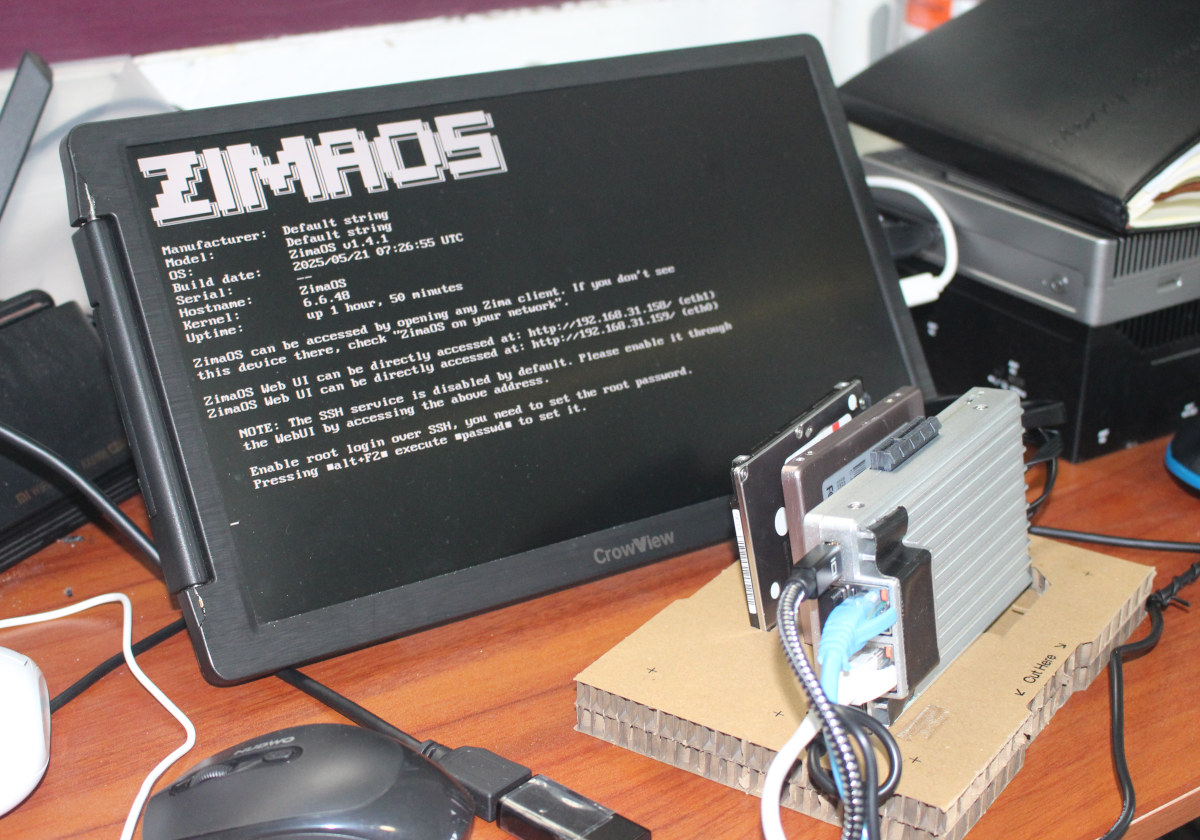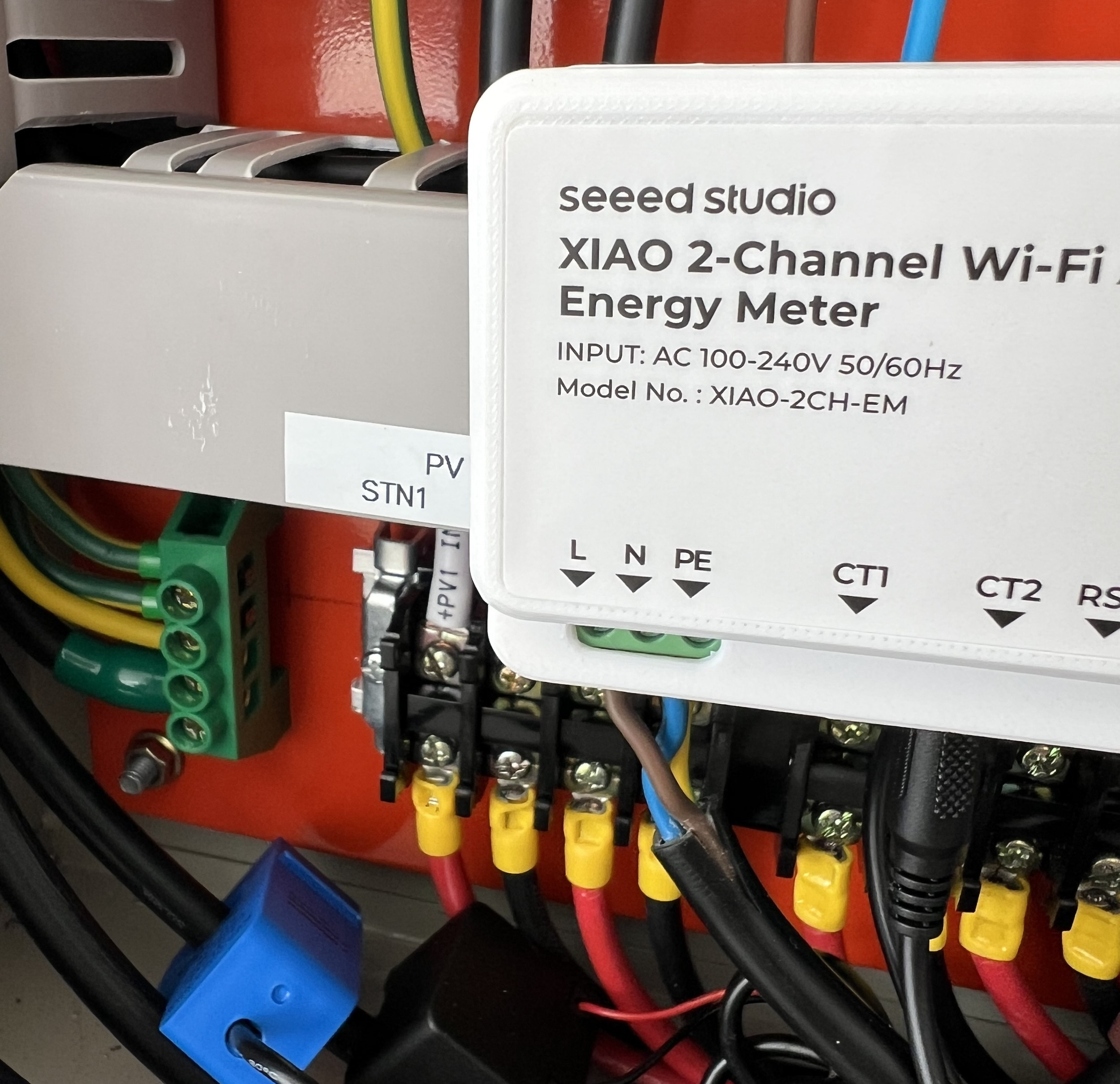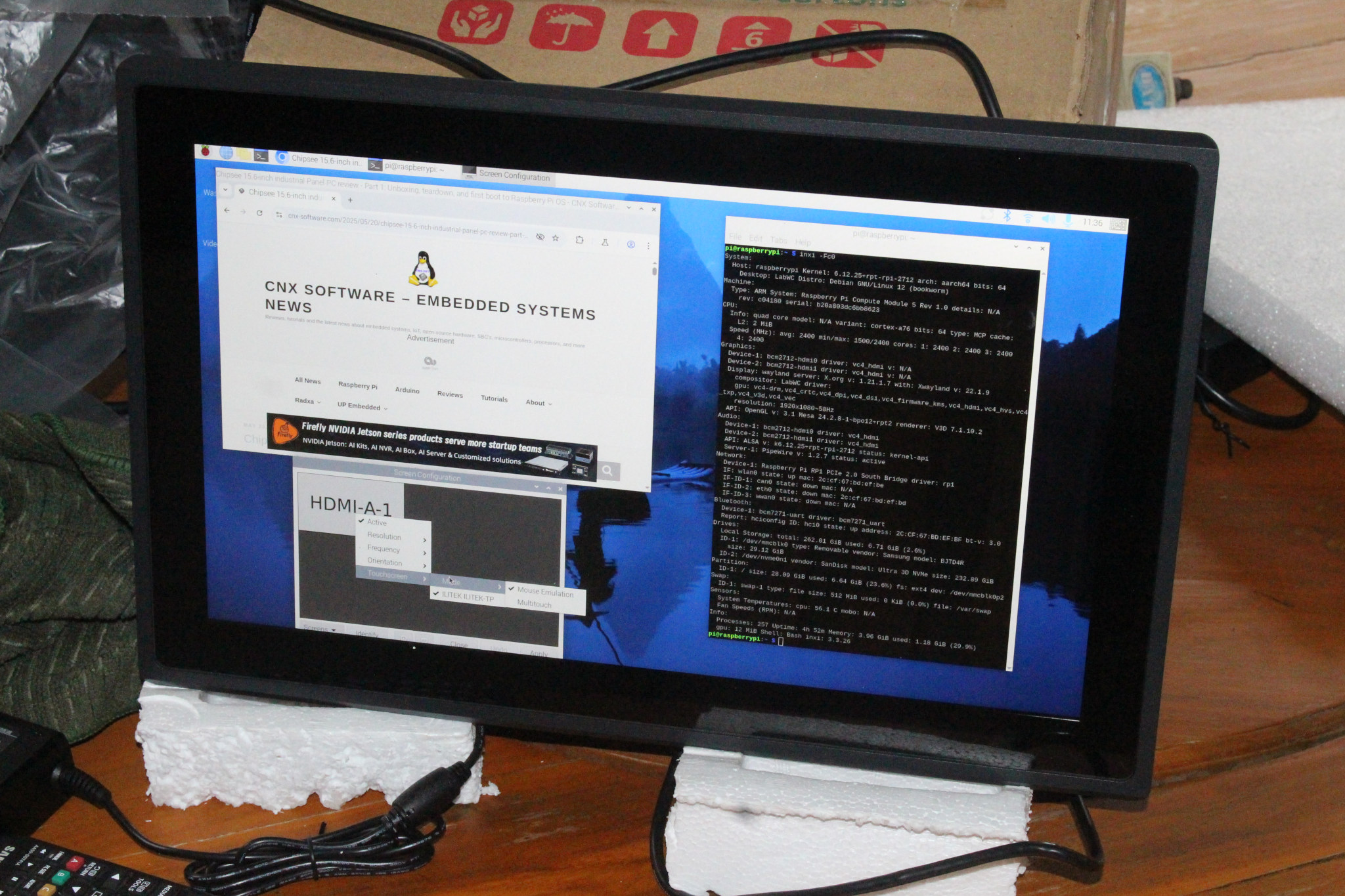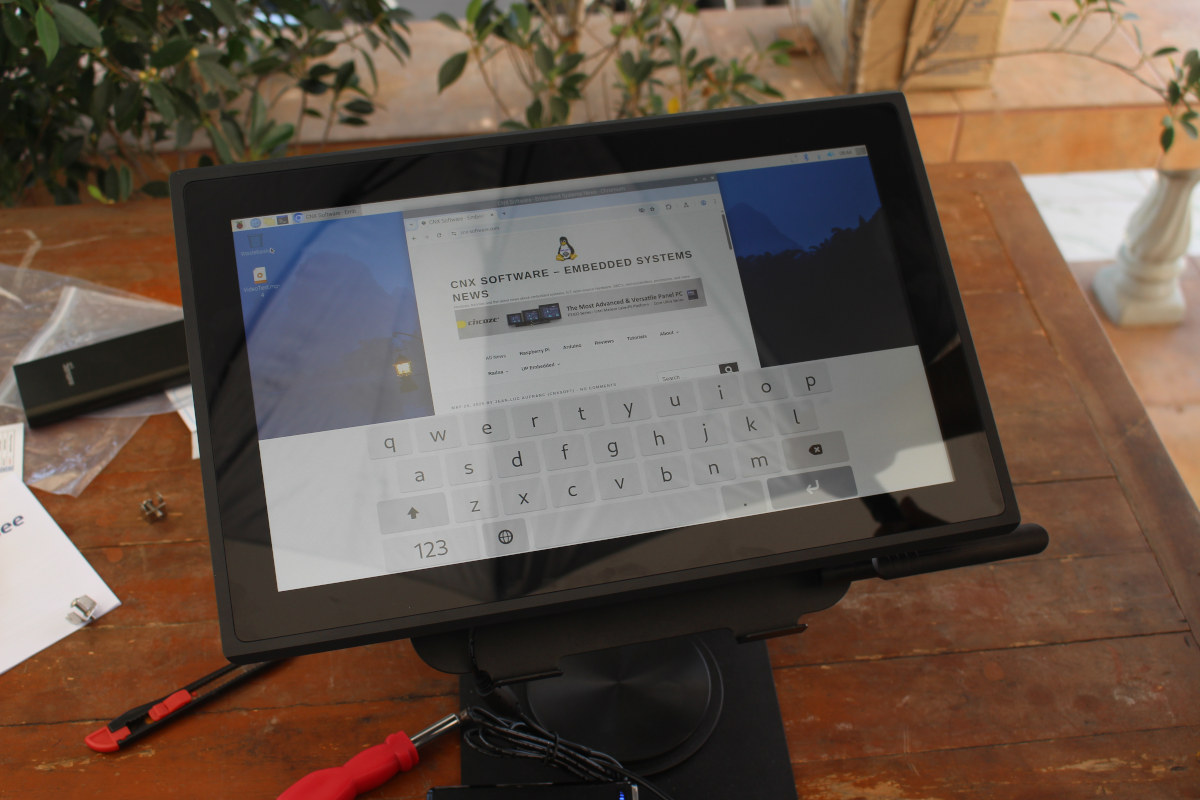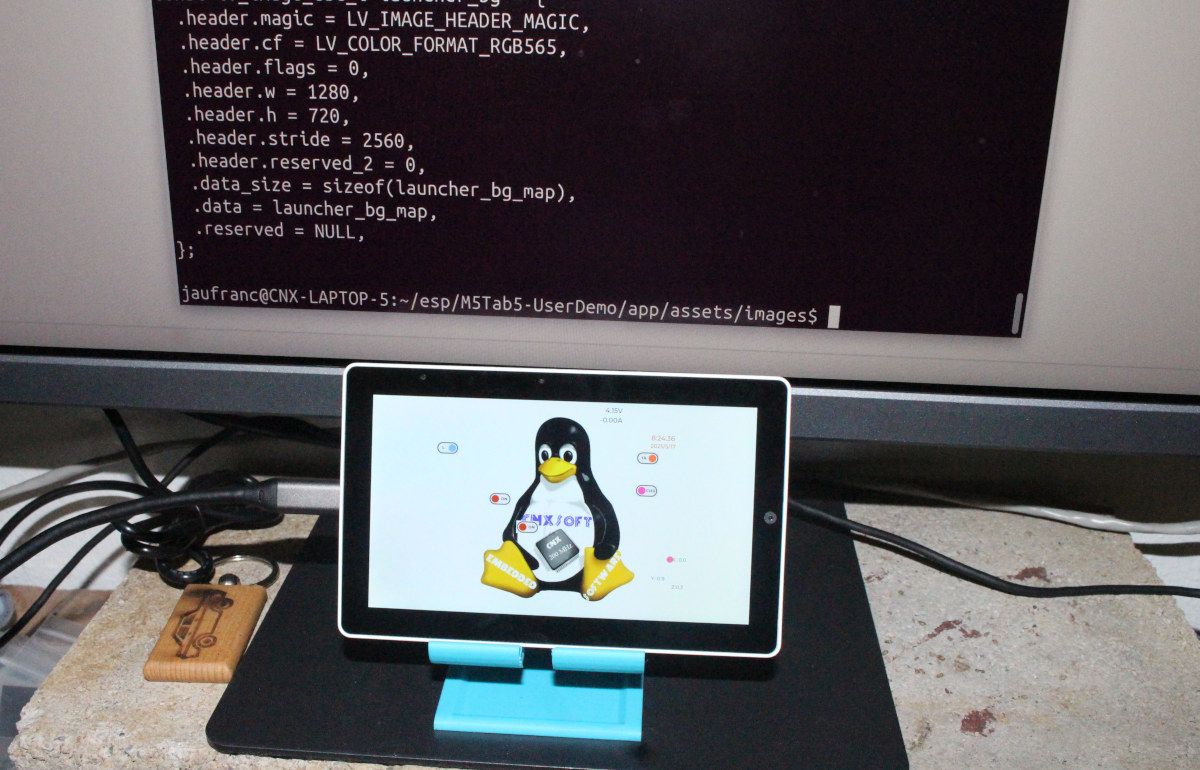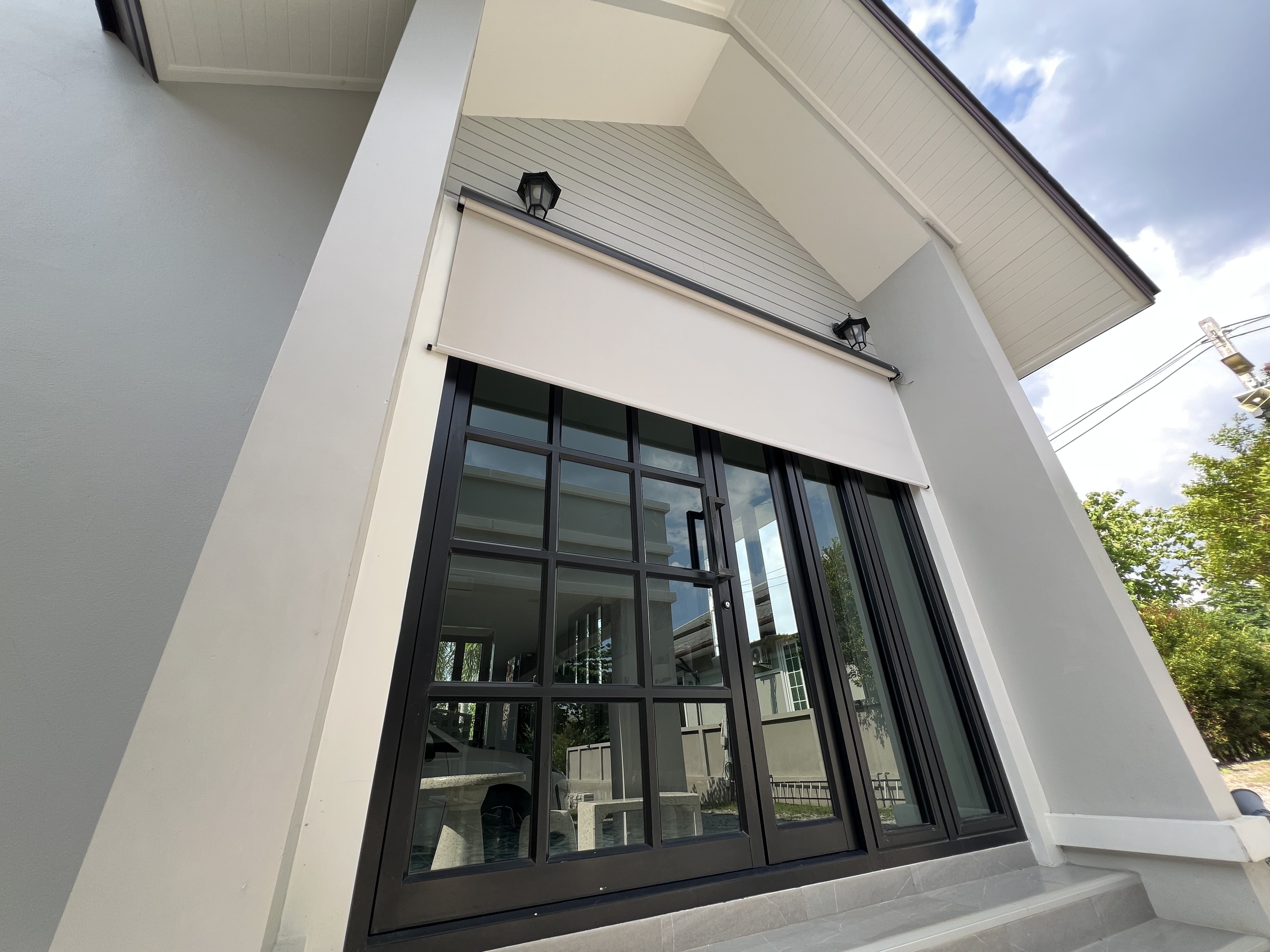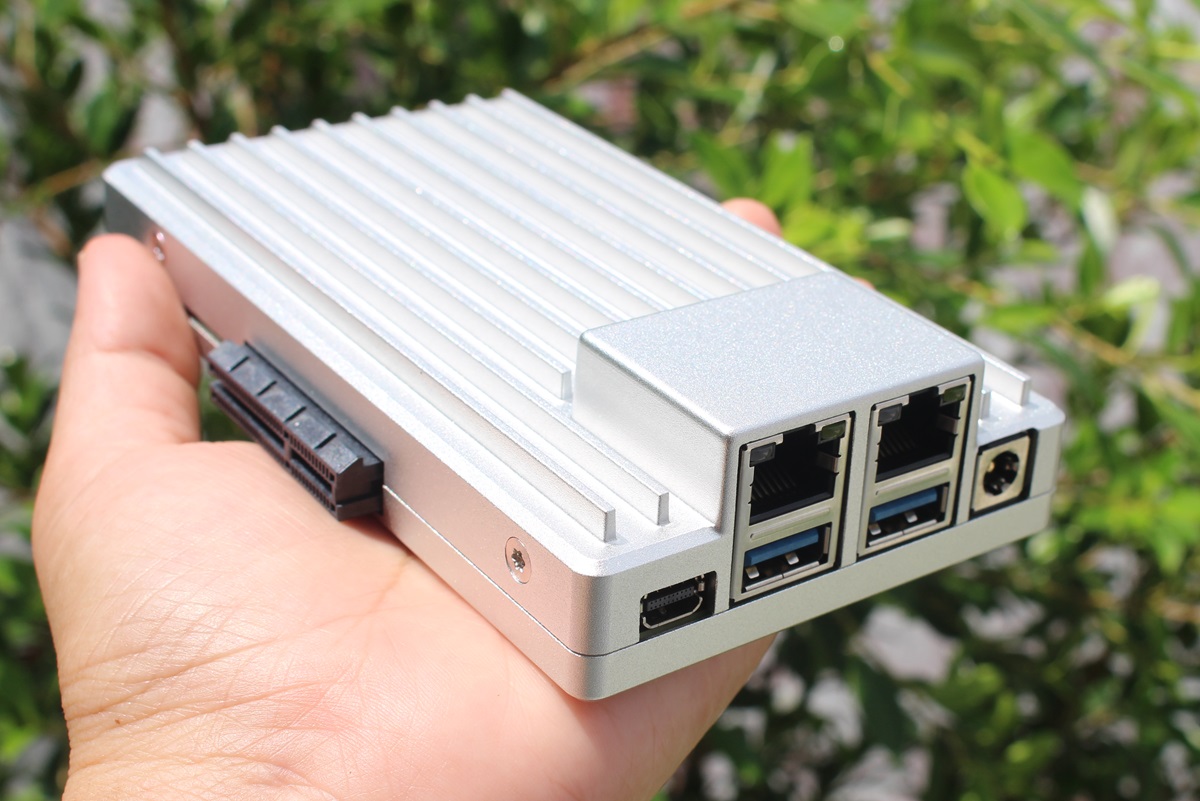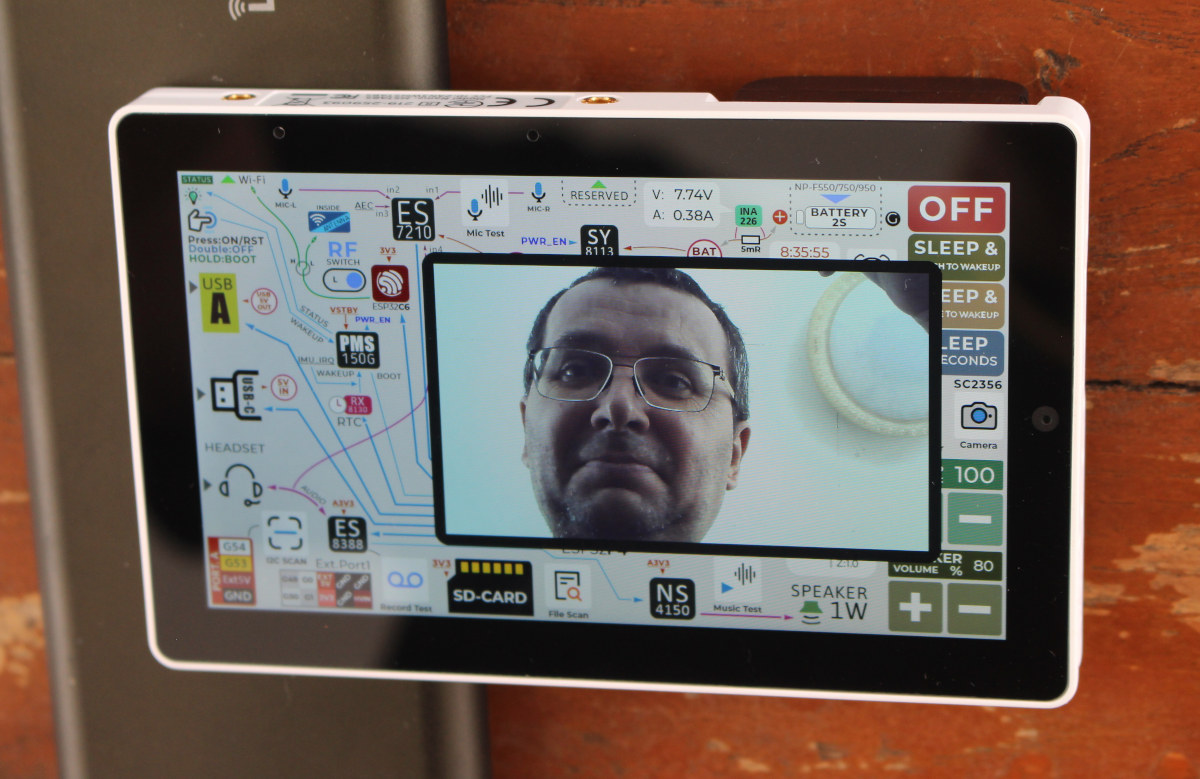We’ve already checked out the hardware of the ZimaBoard 2 micro server in the first part of the review with an unboxing and a teardown of the Intel N150 mini PC, followed by a first boot to ZimaOS and a walk-through of the web dashboard to see what features it had to offer. I’ve now connected two SATA drives to the ZimaBoard 2 and done further testing with ZimaOS, notably checking system information and testing storage and networking performance. I also installed Ubuntu 24.04 on the ZimaBoard 2 for further testing for people preferring to use the system as a mini PC with SATA storage. ZimaOS v1.4.1 update When I connected to the web dashboard again, there was a new update for ZimaOS v1.4.1. Before and after the update is completed, I was shown the change log with new features like a scheduled shutdown function and a list of bug […]
Seeed Studio XIAO-2CH-EM Review: 2-Channel Wi-Fi AC Energy Meter with two CT clamps, ESPHome preloaded
We have received a review sample of an energy metering device from SeeedStudio called the XIAO 2-Channel Wi-Fi AC Energy Meter (XIAO-2CH-EM). This device uses a clamp-on CT (Current Transformer) method on the live wire that you want to measure, without needing to modify the existing electrical wiring. XIAO-2CH-EM comes with several key features such as dual CT sensors (CT1 and CT2), native ESPHome & Home Assistant Integration, precise measurement with factory calibration, and bi-directional power flow monitoring. While the XIAO-2CH-EM has 2 CT input ports, it will only ship with one CT clamp by default, but users can purchase an additional CT clamp if needed. The two CT channels operate independently, and each one can measure bidirectional power and supports devices using up to 100A of current. That should be enough for an ordinary home. The XIAO-2CH-EM comes pre-flashed with ESPHome firmware from the factory, meaning it can be […]
Chipsee PPC-CM5-156 Review – Part 2: A Raspberry Pi CM5 fanless Panel PC tested with Raspberry Pi OS
We’ve already had a look at the hardware of Chipsee’s 15.6-inch industrial touch panel PC in the first part of the review, before booting it to Raspberry Pi OS. I’ve now had time to test most features of the PPC-CM5-156 panel PC running Raspberry Pi OS, so I’ll report my experience testing performance and most ports of the Raspberry Pi CM5-based system in the second part of the review.
PPC-CM5-156 panel PC system info and sbc-bench.sh benchmark
Let’s check the features of the PPC-CM5-156 panel PC using the inxi utility:
Chipsee 15.6-inch industrial Panel PC review – Part 1: Unboxing, teardown, and first boot to Raspberry Pi OS
I’ve just received a review sample of Chipsee PPC-CM5-156 15.6-inch industrial panel PC that was recently added to the Raspberry Pi CM5-based Chipsee panel PCs family we covered in February with 7-inch and 10-inch models. I’ll do a two-part review starting by listing the specifications, doing an unboxing and a teardown, and booting the system in the first part, before doing further testing with Raspberry Pi OS and most interfaces and features in the second part. Chipsee PPC-CM5-156 specifications SoM – Raspberry Pi CM5 or CM5 Lite with Broadcom BCM2712 quad-core Cortex-A76 SoC, 2GB, 4GB, or 8GB RAM, optional 16GB, 32GB, or 64GB eMMC flash Storage MicroSD card slot M.2 M-Key 2230/2242/2260/2280 (PCIe Gen2 x1) socket for NVMe SSD Display – 15.6-inch IPS display with 1920×1080 resolution, 10-point capacitive touchscreen with 1mm armored glass, 400 cd/m2 brightness Video Output – HDMI 2.0 port up to 4Kp60 Audio 3.5mm audio out […]
M5Stack Tab5 Review – Part 2: Getting started with ESP32-P4 firmware development using the ESP-IDF Framework and Arduino IDE
In the first part of the review, we checked out the hardware of the M5Stack Tab5 ESP32-P4 IoT development kit and tried the demo firmware, whose user interface allows the user to quickly experiment with the camera, microphone, speaker, WiFi, power consumption, GPIOs, RS485, and more. Since there’s no user application for the Tab5 at this stage, I decided to look into software development resources for the ESP32-P4 devkit in the second part of the review. I’ll first follow the instructions to build the demo firmware from source using the ESP-IDF framework, then analyze key aspects of the source and make some small modifications. After that, I’ll have a look at ESP32-P4 Arduino support via M5Unified and M5GFX library. ESP-IDF 5.4.1 installation and ESP32-P4 Hello World program The first step is to get the ESP-IDF 5.4.1 and configure ESP32-P4 following the instructions on the Espressif website, before testing it with […]
SmartWings Smart Shade Review – An outdoor, solar-powered Matter shade tested with Apple HomeKit and Home Assistant
Recently, we received a custom-made-to-order smart shade from SmartWings for review. We never heard about SmartWings before, but the company claims to have been in the smart blind/shade and home automation industry for over 15 years. Their standout feature is the high degree of customisation they offer—whether it’s the type of shade, custom size up to almost 3 meters in width and height, various fabric styles, and compatibility with major Smart Home platforms like Amazon Alexa, Google Home, Apple HomeKit, Samsung SmartThings, Home Assistant, and Hubitat. SmartWings asked us to select a location in the house where we wanted to review the smart shade. We wanted to review a solar-powered outdoor shade, so we selected a windowed door with direct sunlight. We carefully measured the dimensions following the instructions on the company’s website to understand the process. We had to select the shade type, privacy level of the fabric (openness), […]
ZimaBoard 2 micro server review – Part 1: Unboxing, teardown, and ZimaOS interface
We’ve just received a review sample of the ZimaBoard 2 micro server and mini PC powered by an Intel Processor N150 “Twin Lake” CPU. The system features two 2.5 Gbps Ethernet ports, two SATA III ports, two USB 3.1 ports, and a miniDP video port supporting 4K resolution. IceWhale Technology provided us with the ZimaBoard 2 model 832 prototype with 8GB RAM and 32GB eMMC flash preloaded with the ZimaOS operating system for review. In this article, we will unbox the device and its accessories, perform a teardown, and boot the micro server with the pre-installed ZimaOS and check the web dashboard. In the second part of the review, we will test ZimaOS in more detail, run some benchmarks since it’s our first Twin Lake mini PC, install an Ubuntu virtual machine, test the SATA ports and PCIe 3.0 x4 slot, and more. ZimaBoard 2 unboxing We received a package […]
M5Stack Tab5 Review – Part 1: Unboxing, teardown, and first try of the ESP32-P4 and ESP32-C6 5-inch IoT devkit
I’ve just received a review sample of the M5Stack Tab5 ESP32-P4 IoT development kit, which looks like a small tablet with a 5-inch touchscreen display, a 2MP front-facing camera, an ESP32-C6 WiFi 6, Bluetooth, and 802.15.4 wireless module, and various expansion interfaces. Today, I’ll go through an unboxing, a (partial) teardown, and have a quick try with the default firmware and GUI, before checking out how to program the device in the second part of the review. M5Stack Tab5 unboxing I received the Tab5 in its retail package along with an M5Stack-branded transparent sticky tape roll. Not sure why, but thanks M5Stack, sticky tape is always useful, so appreciated! The bottom side of the package has all the key features and specifications that we already covered in our article about the Tab5. The package contains the Tab5 itself, a 2,000mAh/14.8Wh battery, and a cable with six wires for the ExtPort2 […]


